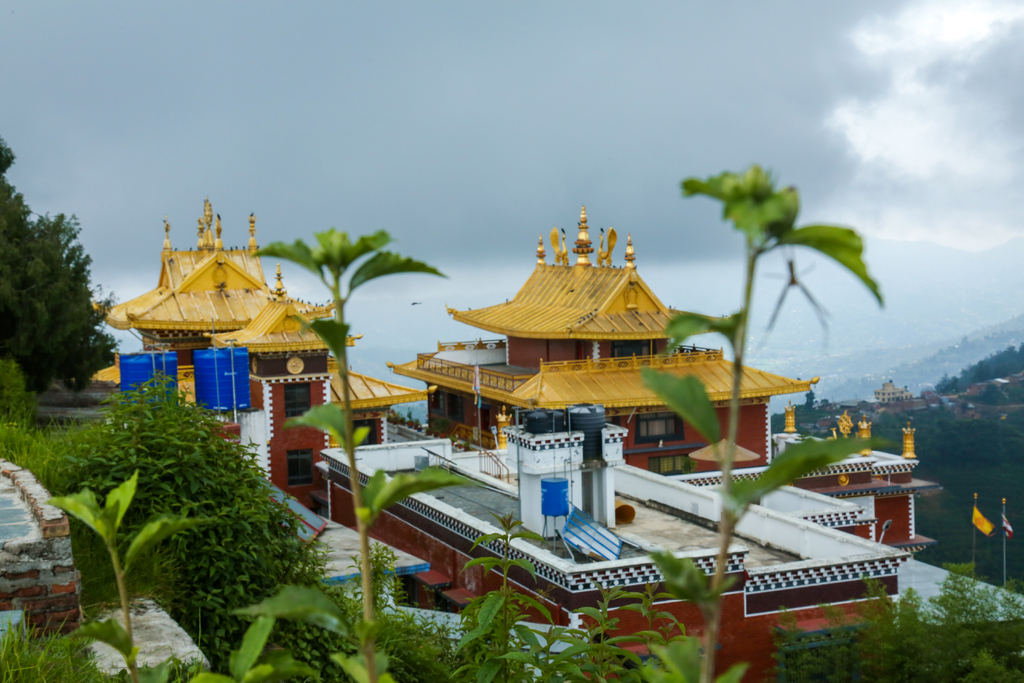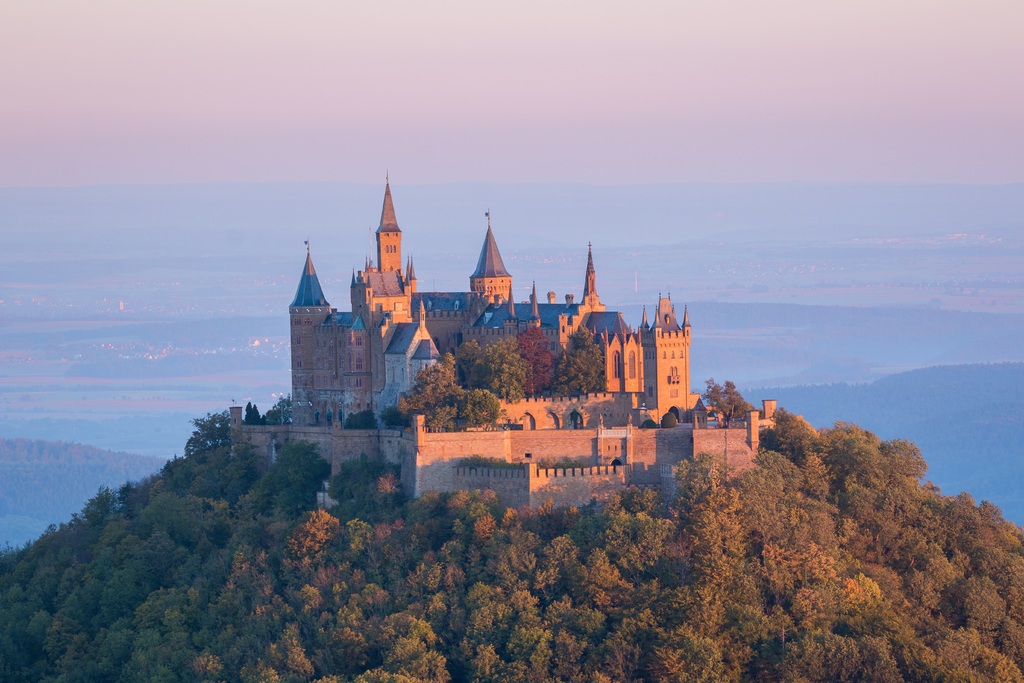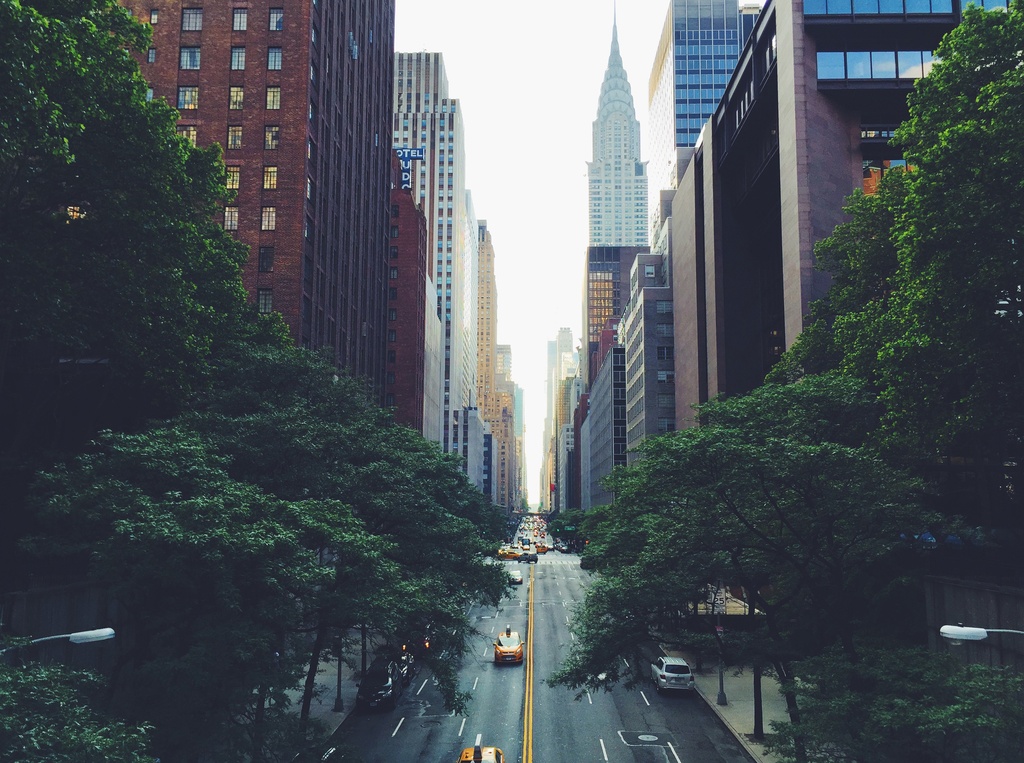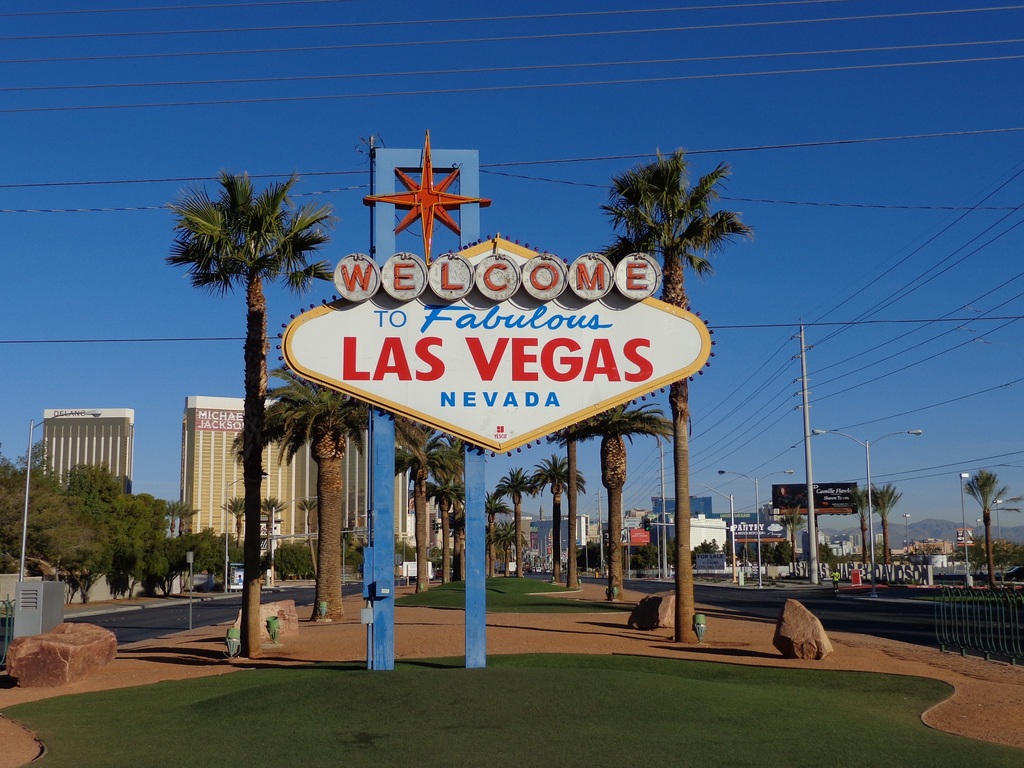- Overview
- Trip Outline
- Trip Includes
- Trip Excludes
- Gallery
- Reviews
- FAQ
The Kathmandu Valley is a bowl-shaped valley located in the Himalayan mountains in Nepal. It lies at the crossroads of ancient civilizations of the Indian subcontinent and the broader Asian continent and has at least 130 important monuments, including several pilgrimage sites for Hindus and Buddhists.
Kathmandu is and has been for many years the center of Nepal's history, art, culture, and economy. It has a multiethnic population with a Hindu and Buddhist majority. Religious and cultural festivities form a major part of the lives of people residing in Kathmandu. Tourism is an important part of the economy in the city. In 2013, Kathmandu was ranked third among the top ten upcoming travel destinations in the world by TripAdvisor and ranked first in Asia. The city is considered the gateway to the Nepal Himalayas and is home to several World Heritage Sites: Durbar Square, Swayambhunath, Boudhanath, and Pashupatinath. Kathmandu valley is growing at 4 percent per year according to the World Bank in 2010, making it one of the fastest-growing metropolitan areas in South Asia, and the first region in Nepal to face the unprecedented challenges of rapid urbanization and modernization at a metropolitan scale. It is the largest metropolitan area located in the Himalayas.
- Kathmandu is the capital city of Nepal.
- The city was founded in the 2nd century CE.
- Kathmandu was known as “Kantipur” and was later renamed.
- The city was originally called Kantipur, meaning “city of glory.”
- Kathmandu valley is home to the oldest community of inhabitants, the Newar.
- Kathmandu is also known as the city of temples.
- Kathmandu is home to seven UNESCO World Heritage Sites.
- The city is home to numerous world heritage sites, including Durbar Square, the Swayambhunath Temple, and the Boudhanath Stupa.
- The most famous temple in Kathmandu is the Pashupatinath Temple, a Hindu shrine dedicated to Lord Pashupatinath.
- Other notable temples in the city include the Swayambhunath Temple, a Buddhist shrine, and the Boudhanath Temple, one of the world’s famous stupas.
- Kathmandu Valley is surrounded by four central mountains: Shivapuri, Phulchowki, Nagarjun, and Chandragiri.
- Kathmandu is situated at an altitude of 1,400 meters above sea level.
- The city covers an area of 49.45 square kilometers.
- The famous river in the valley is the Bagmati River, which flows through the city of Kathmandu.
- The Bagmati River is considered sacred by Hindus.
- It is also the largest city in the country, with a population of over 2+ million people.
- The city has a vibrant nightlife and is known for its many bars and clubs.
- Kathmandu is the gateway to tourism in Nepal and a popular destination for mountaineers, trekkers, and adventure seekers.
- In 2015, a devastating earthquake struck Nepal, causing extensive damage in Kathmandu.
- The temples and other infrastructure within the city are currently undergoing a period of reconstruction.
- Kathmandu is also known for its many street food vendors, which offer a variety of Nepalese and Tibetan dishes.
- The city is home to many festivals and events throughout the year.
- The valley is also connected to the cities like Lalitpur, and Bhaktapur.
- The city is a popular destination for shopping, with a wide variety of goods available, including traditional Nepalese handicrafts and Tibetan artifacts.
- The city has a developed economy, with various industries such as tourism, agriculture, manufacturing, and service.
- The city has an international airport, with direct flights to many cities around the world.
- Kathmandu is also a major center for education, with over highest number of colleges and universities in the country.
- The city is served by Tribhuvan International Airport, which is the only international airport in Kathmandu.
- The best time to visit Kathmandu is from October to December when the weather is pleasant.
- Kathmandu Valley is also home to some educational institutions, including Tribhuvan University, which is the oldest and largest university in Nepal.
Itineraries
Day 1
Arrive, Pashupatinath Temple & Boudhanath stupa
Day 2
Day trip to Bhaktapur & Nagarkot day trip
Day 3
Swayambhunath (Monkey) Temple, Kathmandu Durbar Square, Patan & Thamel, Garden of Dreams
- Arrival and departure transfers
- All sightseeing’s in an A/c vehicle
- 3-night accommodation on a BB basis
- Entrance fees
- Guide fees
- Drinks, Tips, Insurance, and any extra cost occurring from Unfavorable Circumstances such as weather, road blockade, flight cancellation, etc
- All personal nature expenses such as tips, donations, bar bills, etc.
- Meals
- Travel insurance
- Others not mentioned in the includes section
Yes, it is necessary to buy travel insurance before you travel. Secondly, to obtain a visa for some countries, overseas travel insurance is compulsory. Even some cases, where it is not compulsory, but buying good travel insurance becomes necessary while travelling on business or holiday or for education or for research. The cost of medical treatment in the country of travel may be high or the risks and accidents associated with travel may occur. To safeguard the interests of the traveler and to keep his financial conditions in check, it is very important to buy good travel insurance before going on a trip.
Hinduism is the main religion in Kathmandu and the Pashupatinath temple is a famous Hindu temple located in Kathmandu valley.
The main language spoken in Kathmandu is Nepali, Newari (Nepal Bhasa). Also, it is a tourist hub, and people here speak English too.
Yes, tourists can exchange different countries’ currencies in Kathmandu as counter exchanges are available all over the tourist area inside the valley.
According to CBS, the total population of Kathmandu valley is 20,17,532.






There are no reviews yet.